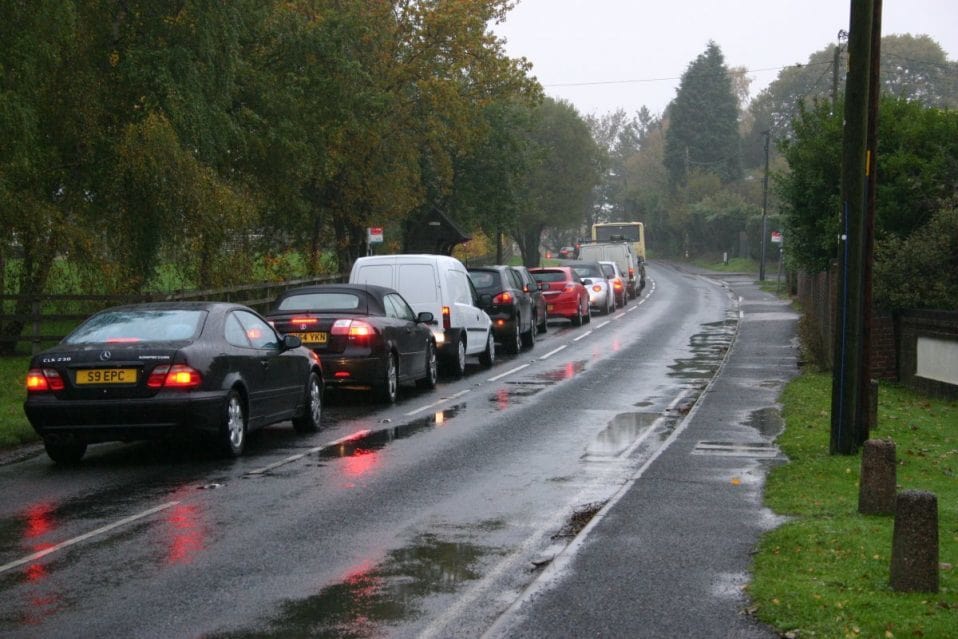ADD UPDATE: 24 August 2019: The government should discourage personal vehicle use to meet its legally binding target of net-zero carbon emissions by 2050, according to a report published last week by the Commons Science and Technology Select committee. In its report, the cross-party committee makes clear that progress towards the 2050 target is slow and being inhibited by various government actions and inactions.
Although it did not mention Eastleigh by name, the borough council’s Local Plan is a textbook illustration of the kind of policies that the report makes clear would guarantee the UK misses its carbon-reduction targets. Eastleigh Borough Council (EBC) may have recently declared a climate emergency but it is showing itself to be part of the problem rather than the solution.
One of the report’s key concerns relates to the use of cars. It points out that, while electric vehicles are cleaner in use, their manufacture is far from carbon-neutral. Indeed, the MPs conclude ‘in the long-term, widespread vehicle ownership does not appear compatible with significant de-carbonisation’ (see para 131 of the report here).
EBC has agreed to set up a cross-party working group to figure out how to make Eastleigh carbon-neutral by 2030. As part of its work, this group will have to consider the impact of the council’s draft Local Plan, which runs to 2036. As we know, the Local Plan includes proposals for around 5,500 new houses – around 2,000 more than government targets to 2036 actually require – in countryside north of Fair Oak and Bishopstoke (so-called options B and C) that has no easy access to rail transport and will be heavily car-dependent.
Nobody can possibly predict if these 2,000 extra houses will be needed in the borough in this particular location as far ahead as into the 2040s (the Office of National Statistics’ population growth projections currently suggest it is unlikely). The real, unspoken reason that the council wants the extra 2,000 houses is to pay for a new road that is essential to the building of any new homes in such a remote area. And, of course, the new road, which will carve its way between several areas of ancient woodland, is necessary to carry the thousands of new cars that the commons select committee is saying we want to discourage. What a mess! If you want to maximise car usage and CO2 emissions, then you will love this plan.
Eastleigh’s Local Plan is due to be examined by the government’s planning inspector over six weeks of hearings starting on 21 November. Amongst other things, she will be looking at whether the council’s chosen Plan is deliverable and sustainable. As ADD has been saying for over three years, ever since the council mooted the idea of development in options B and C, the Plan looks neither.
We have known all along that there are alternatives. However, at every turn, the council has ignored them. In the words of paragraph 182 of the National Planning Policy Framework, our primary goal has always been for the council “to adopt the most appropriate strategy when considered against the reasonable alternatives, based on proportionate evidence.”
Our extensive work, carried out by our professional consultants and unpaid volunteers, has left us convinced that there are big gaps, inaccuracies and contradictions in the council’s evidence base, as well as serious flaws in their processes. We are working hard to prepare our arguments and will present them in a clear and focused way at the planning inspector’s examination.


